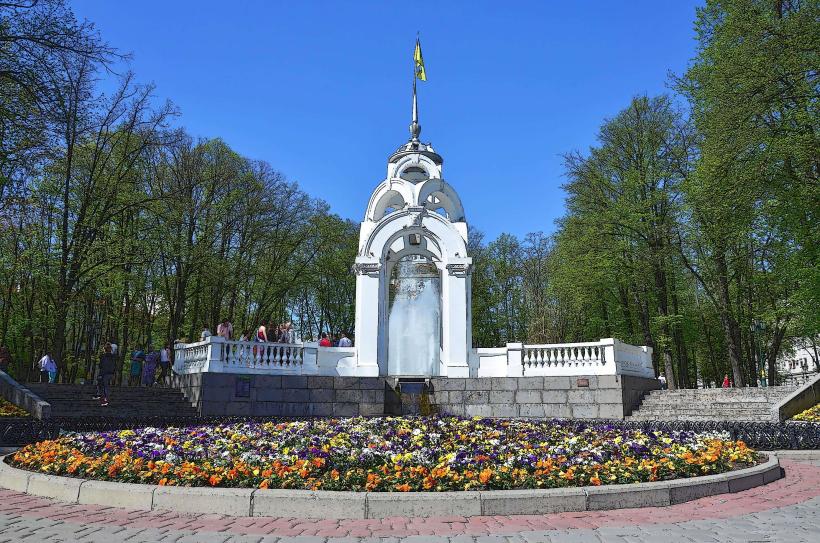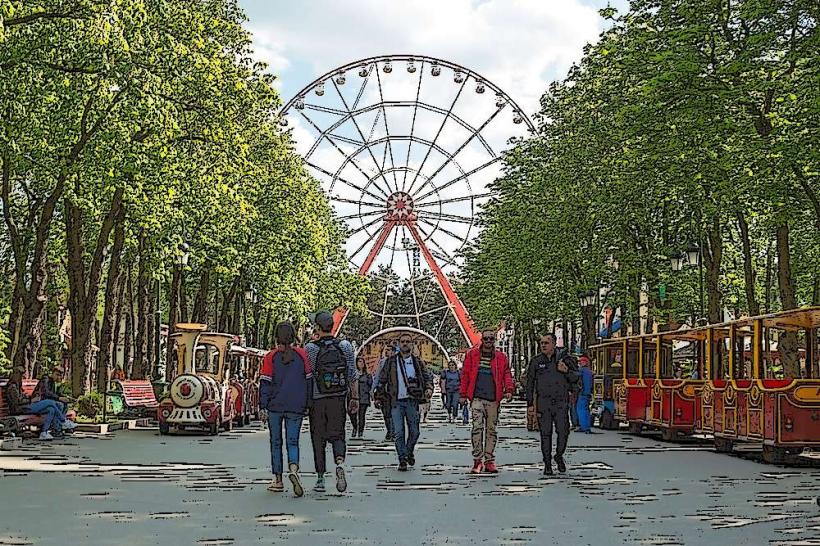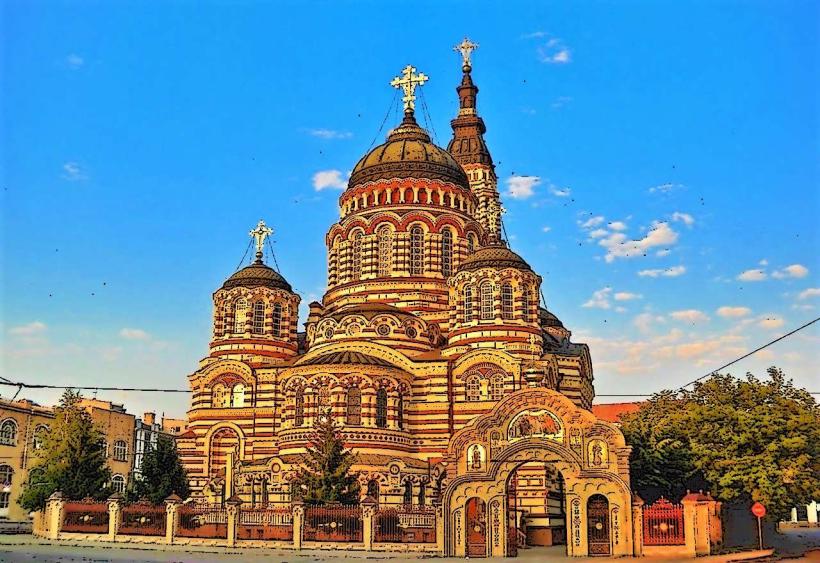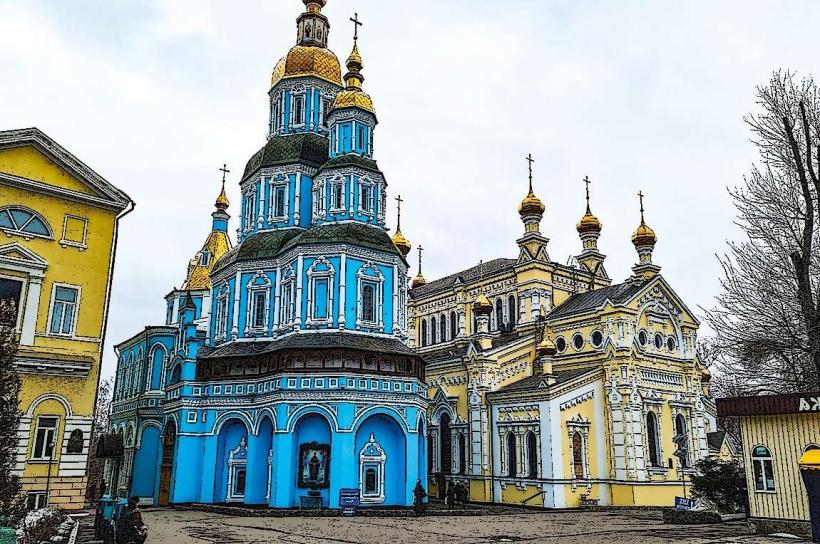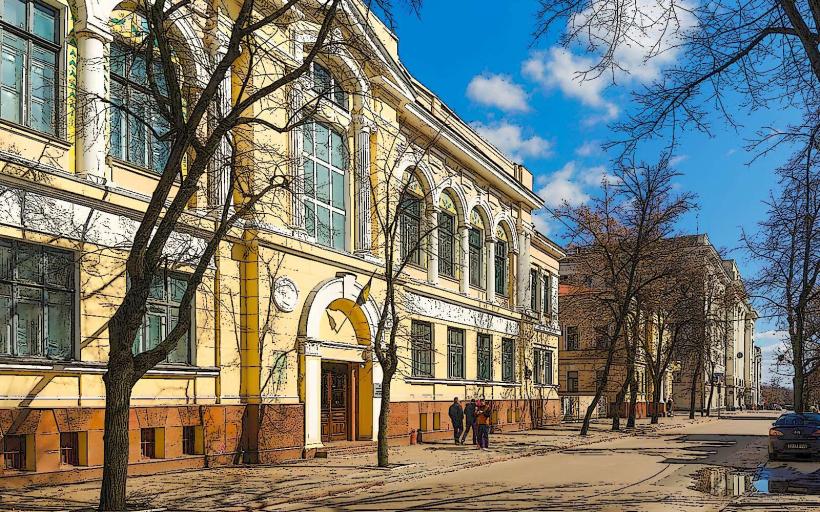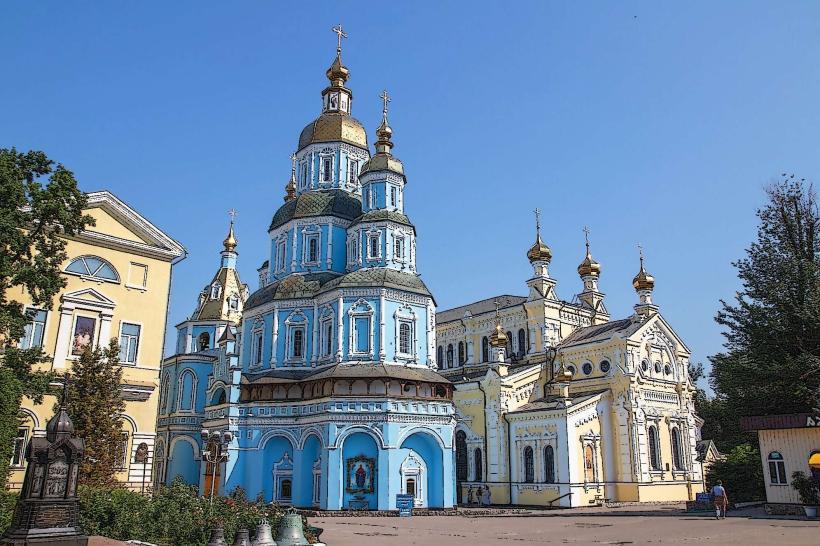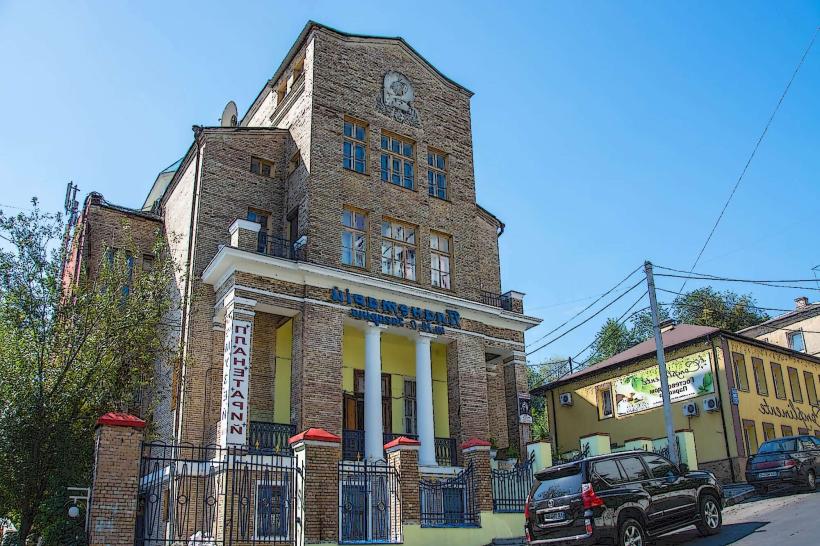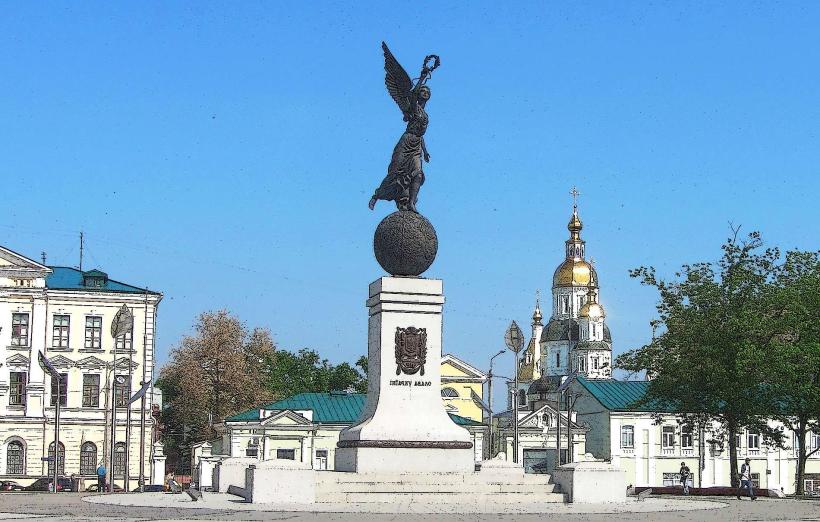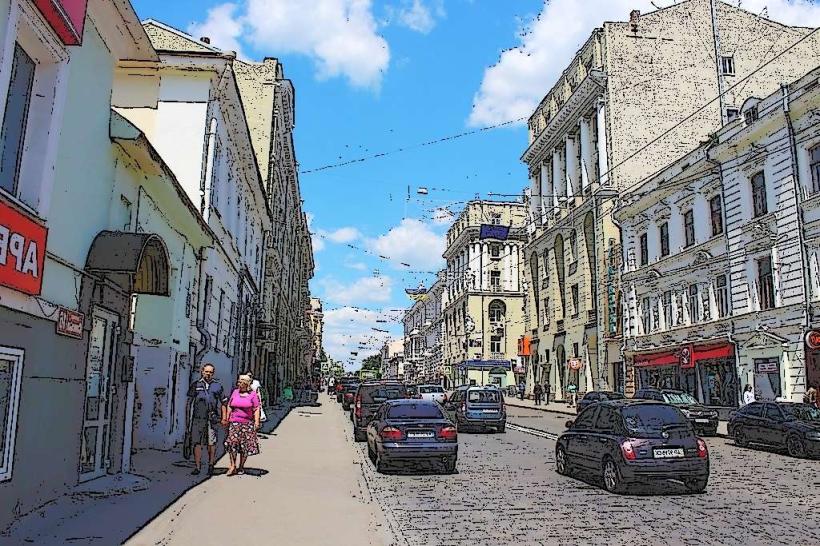Information
Landmark: Kharkiv Botanical GardenCity: Kharkiv
Country: Ukraine
Continent: Europe
Kharkiv Botanical Garden, Kharkiv, Ukraine, Europe
Overview
Kharkiv’s Botanical Garden, named in honor of V, greets visitors with rows of radiant tulips swaying in the breeze, likewise nKarazin is Ukraine’s oldest botanical garden, and its vivid glasshouses make it one of the country’s most treasured.It was founded in 1804, the very year Kharkiv University opened its doors to students, on top of that the garden operates as a scientific hub devoted to conserving, studying, acclimating, and propagating rare, native, and common plants from around the world, from tiny alpine blossoms to towering tropical palms.It’s also included in the Kharkiv National Nature Reserve, where breeze moves softly through tall, silver-leafed poplars, as a result the garden sits mainly at 52 Klochkovska Street, where rows of lilacs line the path, with another section tucked away at 24 Otakar Yarosh Street.The site rests on the scenic slopes of Sarskyi Ravine (Sarzhenyi Yar), where wild grasses ripple in the breeze and the varied terrain brings rich natural beauty to the area, as well as the Kharkiv Botanical Garden holds more than 7,000 plant species, gathered from climates ranging from lush tropical forests to dry mountain slopes, under certain circumstances As far as I can tell, The garden’s greenhouses burst with life, sheltering over 2,400 tropical and subtropical species-from delicate orchids and waxy bromeliads to twisting aroids and sun-loving succulents, after that medicinal plants-more than 500 species-play a role in both traditional remedies and modern medicine, fueling research and teaching in pharmacology, from bitter willow bark to fragrant peppermint leaves.In a way, Bulbous plants include a sweeping array of tulips-65 species and roughly 300 cultivars-alongside lilies with 24 species and 225 cultivars, and irises in vivid shades that together highlight remarkable diversity and rich horticultural worth, as well as around a hundred rare species appear in Ukraine’s Red Book, while roughly twenty make the European Red List, a reminder of the garden’s vital role in protecting them-like the delicate alpine pasqueflower swaying in the breeze.As it happens, The garden unfolds in themed zones, each echoing a different region or habitat-Europe’s wild meadows, the sun-soaked Mediterranean, Siberia’s frosted woods, the Far East, Central Asia, North America, and the quiet gardens of China and Japan-inviting visitors to stroll through a world’s worth of plant life in just a few steps, while the garden also has tropical-themed nooks tucked inside its greenhouses, where orchids flourish beside cacti from dry tropics, deserts, and semi-deserts.The Kharkiv Botanical Garden plays a vital role in research and teaching, where scientists study rare plants and students learn among rows of green leaves, then it studies rare, endangered plants-like a frost-dusted alpine flower-to help protect them.We grow plants, help them settle into modern environments, and keep biodiversity alive-like tending young saplings until their leaves catch the morning light, then we offer educational programs, guided tours, lively lectures, and hands-on workshops for students, researchers, and anyone curious enough to step through the door.Oddly enough, The garden works with partners around the globe, trading seeds and teaming up with botanical institutions from Tokyo to Toronto, therefore the garden’s hours can change, so before you go, check the latest schedule on its website or give them a quick call.You can book a guided group tour or a private one, each designed to make your visit more engaging-picture strolling through the gallery with someone pointing out hidden brushstrokes, after that each season offers its own draw, from the sweet burst of pink magnolias in spring to the deep, russet leaves that cover the ground in autumn.The gift shop sells seeds, tender seedlings, fragrant medicinal herbs, and offers friendly, expert tips for your garden, therefore the Kharkiv Botanical Garden isn’t just rows of greenery-it’s a thriving hub of research and a quiet pocket of shade and birdsong in the city’s center, sort of Visitors can wander among vibrant plants, discover the science behind them, and stroll quiet paths where leaves rustle in the breeze.
Author: Tourist Landmarks
Date: 2025-10-02




